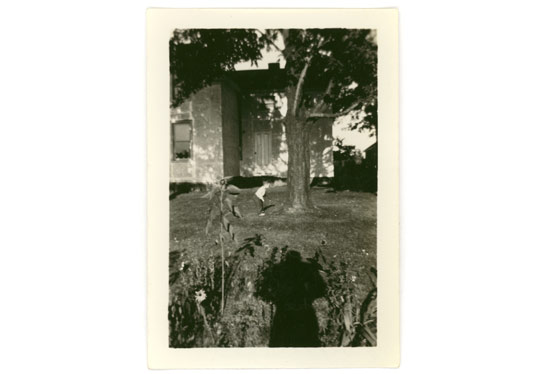Photography and Desire

At the core of all photography lies desire, our longing to connect, not to forget, to express love, to reach out to someone else (even if it is just our future selves) and say “Here, look at this! I want you to see this!” (more)
When we take a photograph we stop the flow of time to produce a record, however much we then tinker with it later, to make it look a certain way. Here lies, of course, our desire for this moment to last forever.
Here also lies the desire to share this special moment. Photography is made to be shared. A solipsistic kind of photography is not photography, it is something else, something entirely pointless (sorry, R.B.!). These shared moments can become our memories, to the point where the memories become as fake as many of the photographs around us (then again, aren’t memories always as fake as photographs?).
We are not very worried about the fakeness of our photographs because we don’t see them as fakes. We know we are dealing with desire, with our desire - what we wish to be true cannot (must not) be fake. In that sense, other people’s photographs are different, especially if they’re made with professional intent.
This is why we upload billions of photographs onto websites like Facebook. This is why the idea that photograph is over is foolish, ludicrous: Our desires are not over.
Photographers who deny the core of desire at the center of their work must fail. Photographs can be fake. But if the act of photographing is fake, photography itself makes no sense any longer. It is taking the heart out of photography.
In much the same way, photography done expressively out of a desire tends to fail, since here we have a photographer acting like a dog chasing its own tail.
I can see and feel the desire in the works of the medium’s greatest masters, and I can see it in a “careless” snapshot (carelessly done snapshots are never truly careless). There even is an elements of desire in some, albeit not all, seemingly heartless conceptual photography, as shriveled up and anemic it might have become. There is a lot of desire in photographs done by very young photographers, however clumsily it often is expressed (that clumsiness makes it feel more real).
This is why dealing photography, having them on a wall to sell them, often feels so wrong: Can one exchange desire for money? Or, more accurately, what is happening is that one desire is traded on the basis of another, baser desire. We recognize the baseness of the desire that fuels the art world, and we are repulsed.
Seeing or feeling desire in photography is not the same as knowing its actual base. When we view photographs we do not necessarily experience the desire that produced the photograph. Instead, we experience our own desires acting. This is why if we do not know the photographer’s intentions we can still have the full experience of her or his images. In fact, since intentions are not communicated in photographs (try as you might to persuade yourself of the opposite, it is a futile task), what really matters is our own desire.
In that sense, photographs (much like art works themselves) work because we cast our own shadows onto them. We see a photograph, and we recognize - usually subconsciously - the shadow we have cast upon it. This might seem like a revolutionary statement - it certainly is if seen in the light of various theories of the past - but in reality it is anything but: A blank, empty mind cannot truly experience photograph. To experience photography one must have lived a life - and continue to do so. Contrary to the usual narrative it gets harder as one ages, since opinions tend to harden. Living a life, however, requires one’s ability to be able to change one’s mind.
What this means is that photographs are never fully done. A photograph, whether an object in a frame on a wall or an image on a computer screen, is open. It requires us to subject ourselves to it. Only in that interaction with the photograph will it reveal itself, in ways that are different for you than they are for me. What thus makes a great photograph so powerful is not the object itself, it is the effect it has on the viewer (phrasing it that way makes things very obvious), piercing right through to her or his desire, puncturing whatever hard shell might have been constructed around it.
image: vernacular photograph, text on back (hand-written): “John Bouchard, June 1946, N. Syracuse”, from the author’s collection
 By
By